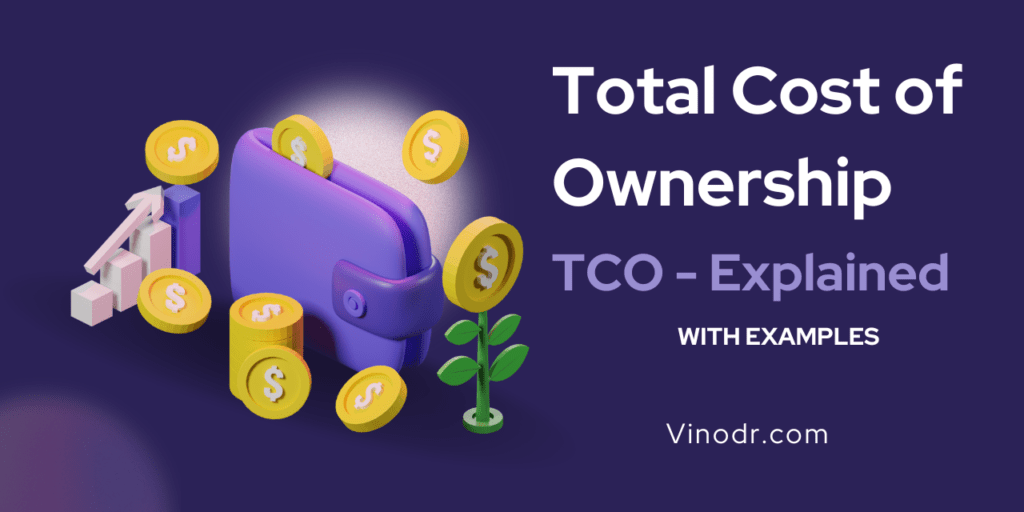Return on Capital Employed (ROCE)
Let me tell you a story to know what is ROCE or Return on Capital Employed)
There was a young entrepreneur named Lily who loved making and selling handmade crafts. She had a small shop in her neighborhood, “Lily’s Handmade Treasures,” where she showcased her creations.
As Lily’s business grew, she wanted to know how well she was doing financially. She had heard about “ROCE” which could help her understand her shop’s success in using money wisely.
Curious to learn more, Lily sought advice from her wise friend, Mr. Smith, who was knowledgeable about finances. Mr. Smith explained, “ROCE, Lily, is like a scorecard for your business. It shows how efficiently you are using the money you invested to make profits.”
He continued, “To calculate ROCE, you divide the money you made from selling your crafts by the total money you used to start and run your shop. Then, you multiply it by 100 to get the percentage.”
With Mr. Smith’s simple explanation, Lily understood how ROCE worked. She decided to give it a try to see how well her shop was performing. After crunching the numbers, Lily found out that her ROCE was 25%. She was thrilled to learn that for every dollar she invested in her shop, she made an extra 25 cents in return.
From that day on, Lily kept an eye on her ROCE regularly. As her shop grew and she made more sales, her ROCE increased too. Lily felt confident that her shop was using its money wisely and efficiently, which made her proud of her business.
What is ROCE (Return on Capital Employed)
ROCE is a financial ratio that measures the profitability and efficiency of a company by comparing its operating earnings to the capital employed in its operations. It provides a clearer picture of the returns generated from both debt and equity investments in the company. By considering the entire capital structure, ROCE enables stakeholders to evaluate a company’s ability to generate profits from its invested capital.
How to Calculate ROCE
The formula for calculating ROCE is:
ROCE = (Operating Profit / Capital Employed) x 100
Here:
- Operating Profit refers to the company’s earnings before interest and taxes (EBIT).
- Capital Employed represents the total capital invested in the company, including long-term debt and shareholders’ equity.
Let’s illustrate this with an example:
Company XYZ has an operating profit of $500,000, long-term debt of $1,000,000, and shareholders’ equity of $2,500,000.
ROCE = ($500,000 / ($1,000,000 + $2,500,000)) x 100 ROCE = ($500,000 / $3,500,000) x 100 ROCE = 14.29%
Why ROCE is a good tool for measuring investment?
Comprehensive Assessment: ROCE considers both equity and debt investments, giving you a complete picture of how well a company is using its total capital to generate returns. This makes it more insightful than other simple profitability ratios that may only focus on equity investments.
Efficiency Indicator: A higher ROCE indicates that the company is efficiently using the capital it has, which means your investment is being put to good use. It shows that the business is capable of generating profits and has the potential to reward its investors.
Long-Term Performance: ROCE helps you gauge a company’s long-term performance. Consistently high ROCE values over time indicate that the business is continuously generating returns and is likely to be a good long-term investment.
Comparability: ROCE allows you to compare different companies across industries to identify which ones are more efficient in using their capital. This is valuable when you are considering various investment opportunities.
Limitations of ROCE
Return on Capital Employed (ROCE) is a valuable financial metric, but like any other tool, it has certain limitations that should be considered when interpreting its results:
1. Ignores the Time Value of Money: ROCE does not consider the time it takes to generate profits. It treats all profits earned over a period as equal, disregarding the fact that money received today is generally more valuable than the same amount received in the future due to inflation and investment opportunities.
2. Industry Comparisons: While ROCE can be used to compare companies within the same industry, it might not be suitable for comparing companies operating in different industries. Different industries have varying capital requirements and operating structures, which can lead to misleading comparisons.
3. Dependent on Accounting Methods: ROCE is based on accounting data, and different accounting methods can influence the reported figures. Companies may use different depreciation methods or inventory valuation techniques, affecting the accuracy of the ROCE calculation.
4. Ignores Risk: ROCE does not take into account the risk associated with a company’s operations or investment decisions. A company might have a high ROCE, but it could be taking on significant risks that are not apparent from the ratio alone.
5. Inflation Impact: Inflation can distort the ROCE calculation, especially when comparing ROCE values from different time periods. It may lead to overestimating or underestimating the actual return on capital.
6. Excludes Intangible Assets: ROCE does not consider intangible assets, such as brand value, intellectual property, or human capital, which can significantly contribute to a company’s success but may not be reflected in the calculation.
7. Limited Scope of Capital Employed: ROCE only considers the long-term capital employed in the business. It doesn’t take into account short-term assets or liabilities, which can also impact a company’s overall performance.
8. ROCE and Debt: Since ROCE includes debt in the capital employed figure, a company can improve its ROCE simply by taking on more debt, even if the profitability of the business remains unchanged. This can create a misleading impression of improved performance.
9. Cyclical Businesses: ROCE may not be suitable for companies with significant cyclicality in their operations. For businesses with fluctuating profits over different periods, ROCE might not provide a reliable measure of long-term performance.
Despite these limitations, ROCE remains a valuable metric for evaluating a company’s capital efficiency and profitability. It should be used in conjunction with other financial indicators and qualitative factors to get a comprehensive understanding of a company’s financial health and investment potential.
Return on Capital Employed (ROCE) stands as a fundamental financial metric that holds great significance in the corporate landscape. Its ability to evaluate a company’s capital efficiency and profitability makes it an indispensable tool for businesses and investors alike.
For entrepreneurs, ROCE provides a clear understanding of how effectively their invested capital is being utilized to generate profits. Regularly monitoring and improving ROCE can aid in optimizing financial strategies, fostering operational efficiency, and driving long-term growth.
In the realm of investment analysis, ROCE offers a valuable lens through which potential opportunities can be assessed. Investors can use ROCE as an essential benchmark to gauge a company’s ability to generate returns on its capital investments. Combined with other financial ratios and qualitative assessments, ROCE contributes to a comprehensive evaluation of a company’s financial health and viability as an investment.
However, it is crucial to recognize that ROCE has its limitations. It may not be suitable for comparing companies from diverse industries or accounting for risk factors associated with specific businesses. As such, prudent decision-making requires a holistic approach that considers multiple facets of a company’s performance.
Nonetheless, armed with the knowledge of ROCE, business leaders and investors can navigate the financial landscape with increased confidence and data-driven acumen. By leveraging this powerful metric, they can make informed choices, optimize resource allocation, and chart a course towards sustainable success.



